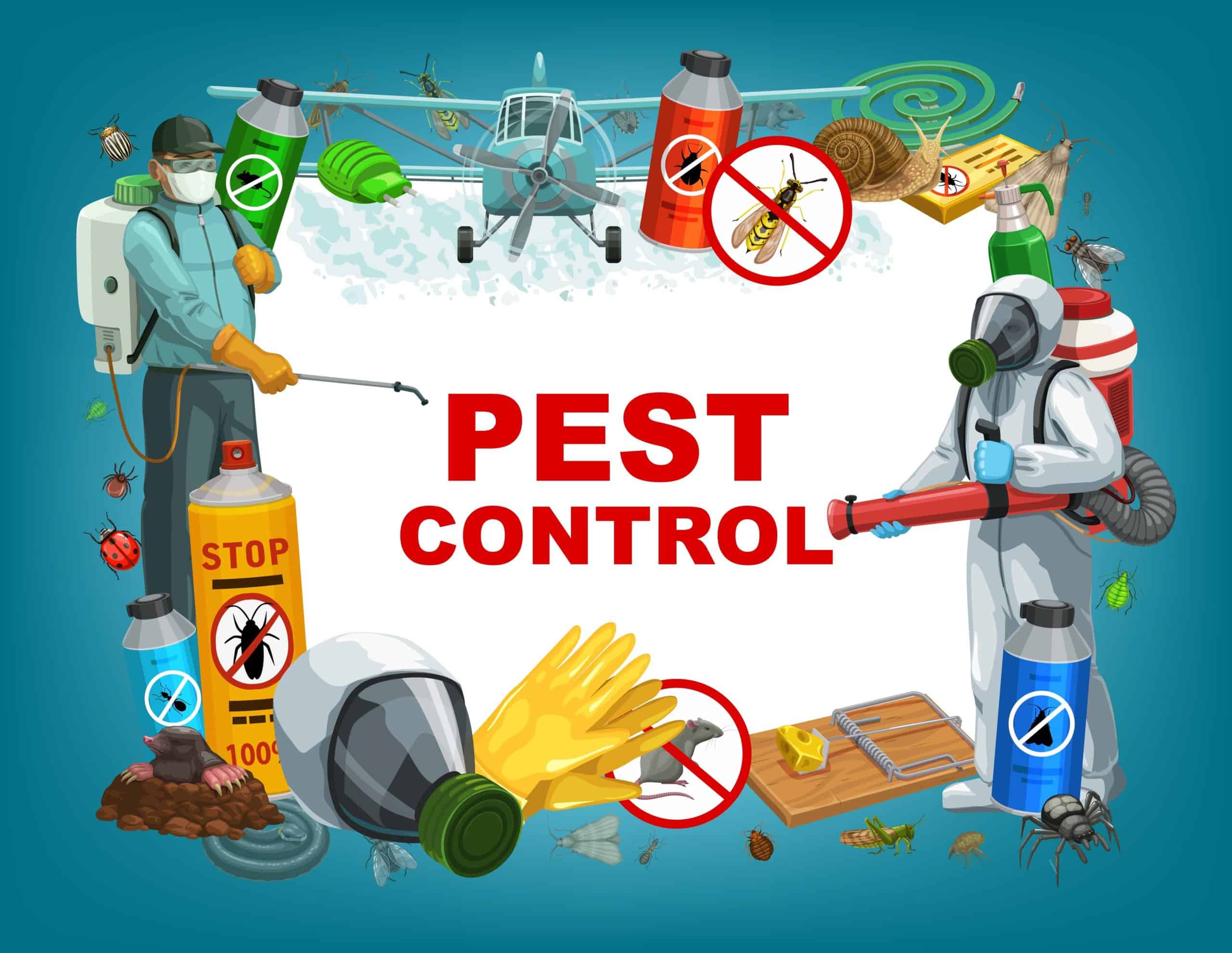Bed Pest Therapy: From Warm Treatments to Airing Out
In the world of bug control, bed bug problems have postured consistent obstacles for businesses and home owners alike. Join us as we check out the complexities of bed pest therapy, from the intense warmth of thermal remediation to the controlled release of fumigants, in our pursuit to battle these evasive pests efficiently.
Comprehending Bed Bug Problems
One of one of the most challenging aspects of handling bed pest problems is recognizing the elusive nature of these resistant insects. Bed pests are infamous for their capability to hide in holes and fractures, making discovery and removal difficult. These nocturnal pests feed on the blood of people, usually leaving scratchy bite marks on their victims. Understanding the habits and biology of bed pests is crucial in successfully combating problems.
Bed bugs duplicate swiftly, with females laying hundreds of eggs in their life time. Furthermore, bed bugs can make it through for numerous months without feeding, further complicating eradication initiatives.

Benefits of Warmth Treatments
Making use of warm treatments is a very efficient technique for removing bed bug infestations because of its capacity to pass through deep into holes and splits where these durable insects typically hide. Unlike some chemical therapies that might not reach all the surprise bed insects, heat therapies supply a comprehensive service by making sure that the entire infested area is exposed to deadly temperatures.
One of the significant advantages of warmth treatments is their safe nature. Unlike airing out techniques that entail making use of chemicals, warmth treatments solely count on increasing the temperature level to levels that are dangerous to bed insects. This makes warmth therapies a much safer option for families with individuals, family pets, or kids sensitive to chemical exposure.

Downsides of Fumigation
Fumigation, while reliable in removing bed insects, offers several considerable downsides that should be thoroughly considered prior to choosing this therapy method. One significant drawback is the potential wellness dangers associated with fumigation chemicals. These chemicals are hazardous and can be hazardous to human beings and pets otherwise dealt with effectively. Appropriate preparation of the room being fumigated is critical to decrease these threats, and also then, there may be recurring chemicals left after the therapy.
One more downside of fumigation is the hassle it creates to the passengers of the cured room. Fumigation typically needs the residents to leave the facilities for a period of time, varying from a number of hours to a few days, relying on the level of the invasion and the kind of chemicals utilized. This displacement can be demanding and turbulent, particularly for family members with children or people with health concerns.
Furthermore, fumigation may not always be 100% reliable in removing all bed bugs and their eggs, particularly if the problem is extreme or if the pests have created resistance to the chemicals being used. In such situations, extra treatments may be necessary, adding to the overall cost and inconvenience of the fumigation process.
Contrasting Treatment Expenses
Considering the potential disadvantages and intricacies linked with fumigation for bed pest treatment, it is necessary to evaluate and contrast the prices of alternative therapy alternatives. When comparing therapy costs reliable pest control for bed insect infestations, different aspects come right into play.
On the various other hand, airing out expenses can differ significantly, ranging from $1,200 to $4,000 or more for a whole-house therapy. While fumigation might need added expenses for preparation, such as leaving the properties and safeguarding food items, it can be a more detailed remedy for extreme infestations. Eventually, the price of bed pest therapy will certainly depend upon elements such as the dimension of the plagued location, the intensity of the problem, and the selected approach of therapy.
Tips for Stopping Reinfestation
To properly protect against reinfestation of bed pests, it is imperative to apply detailed cleansing and maintenance techniques in the living setting. Regularly vacuuming rugs, rugs, and furniture can help eliminate any kind of prospective bed pests, larvae, or eggs. Framing mattresses and box springtimes with protective covers can prevent bed insects from hiding in these areas. Additionally, securing splits and gaps in wall surfaces, floorings, and furnishings can remove concealing areas for these pests.
Clothes and bed linen must be cleaned in warm water and dried out on high heat to kill any bed bugs that may be present. Mess must be reduced as it offers various hiding places for bed bugs. When taking a trip, examine hotel rooms and luggage for any indicators of bed bugs before bringing products into the home.
It is also advisable to routinely examine locations where pet dogs rest, as bed insects can feed upon animals too - A1 exterminators charlotte nc. Keeping a clutter-free and clean living environment is vital to avoid reinfestation and making sure a bed bug-free home
Conclusion
In conclusion, the most effective technique for treating bed bug infestations is through heat therapies, as they supply many benefits such as complete elimination of insects and their eggs. Read More Here When contrasting therapy expenses, heat treatments may be a lot more costly upfront yet can save cash in the long run.
Unlike airing out techniques that include the use of chemicals, heat therapies only depend on raising the temperature to levels that are dangerous to bed insects.Fumigation, while effective in removing bed insects, offers numerous considerable disadvantages that should be carefully taken into consideration before choosing this therapy technique.Considering the potential downsides and intricacies find more info associated with fumigation for bed pest treatment, it is important to assess and contrast the expenses of different treatment alternatives. Eventually, the cost of bed insect therapy will certainly depend on elements such as the dimension of the plagued area, the seriousness of the problem, and the chosen technique of therapy.
In conclusion, the most efficient approach for dealing with bed bug infestations is through warm therapies, as they give numerous benefits such as comprehensive elimination of pests and their eggs.